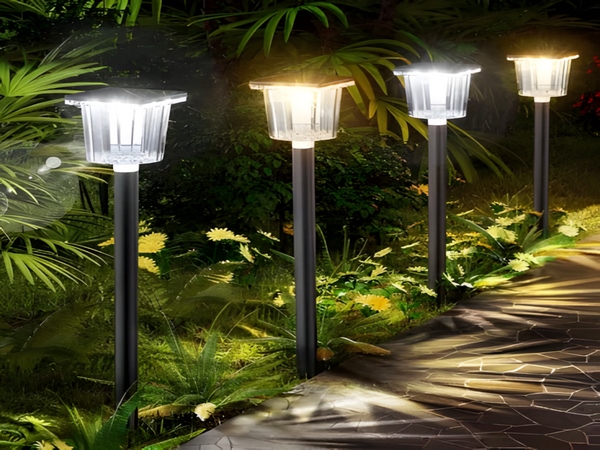
With the development of solar technology, solar streetlights have become the preferred solution for street lighting. Observant individuals may have noticed that the activation time of streetlights is generally consistent each night, with differences between winter and summer. So, how do streetlights turn on and off at night?
In rural areas with abundant sunlight, solar streetlight manufacturers typically use time-based control, allowing for the setting of activation and deactivation times. Some control systems incorporate an automatic mode, which is achieved through light-sensitive resistors or by detecting the output voltage of solar panels.
1. Timer Mode

The solar streetlight lighting system consists of key components such as solar panels, batteries, and controllers. The controller is responsible for voltage detection, battery charge and discharge management, and operation of the streetlights. The activation and deactivation times can be set, typically from late summer to early winter. This is a common control mode, where management only needs to adjust the time in the control room as specified.
2. Automatic Mode

Some solar streetlights are equipped with an automatic mode, which can be implemented through light-sensitive resistors or by monitoring panel voltage. Light-sensitive resistors are special resistors whose resistance closely correlates with light intensity. The stronger the light, the lower the resistance; conversely, the weaker the light, the higher the resistance. Components such as light-sensitive resistors, comparators, and transistors can create light-controlled circuits. This allows the lights to turn off when there is strong light and turn on when light levels are low. Additionally, solar panels generate higher output power when exposed to strong light and lower output power in dim conditions, facilitating automatic lighting control.
The timed control mode is the mainstream control approach, accurately managing the activation and deactivation of streetlights and allowing for flexible adjustments based on weather conditions. The automatic mode significantly reduces the need for human intervention, but it should be noted that it may not be flexible enough to account for actual conditions, potentially causing streetlights to turn on too early or too late.



